An interesting and enlightening study by John Stevens.The Japan Times
ABOUT THE BOOK
Here are the inspirational life and teachings of Awa Kenzo (18801939), the Zen and kyudo (archery) master who gained worldwide renown after the publication of Eugen Herrigels cult classic Zen in the Art of Archery in 1953. Kenzo lived and taught at a pivotal time in Japans history, when martial arts were practiced primarily for self-cultivation, and his wise and penetrating instructions for practice (and life)including aphorisms, poetry, instructional lists, and calligraphyare infused with the spirit of Zen. Kenzo uses the metaphor of the bow and arrow to challenge the practitioner to look deeply into his or her own true nature.
JOHN STEVENS is Professor of Buddhist Studies and Aikido instructor at Tohoku Fukushi University in Sendai, Japan. He is the author or translator of over twenty books on Buddhism, Zen, Aikido, and Asian culture.He has practiced and taught Aikido all over the world.
Sign up to learn more about our books and receive special offers from Shambhala Publications.

Or visit us online to sign up at shambhala.com/eshambhala.

Master Zen Archer Awa Kenzo (18801939).Photo taken in 1932 or 1933. Courtesy of theAbe Family.
Zen Bow,
Zen Arrow
The Life and Teachings of Awa Kenzo,
the Archery Master from
Zen in the Art of Archery
John Stevens
 SHAMBHALA Boston & London 2012
SHAMBHALA Boston & London 2012
SHAMBHALA PUBLICATIONS, INC.
HORTICULTURAL HALL
300 MASSACHUSETTS AVENUE
BOSTON, MASSACHUSETTS 02115
www.shambhala.com
2007 by John Stevens
Cover design by Jonathan Sainsbury
Cover art: Shigong and the Bow by Sengai. Reproduced with permission of Idemitsu Museum of Arts.
All rights reserved. No part of this book may be reproduced in any form or by any means, electronic or mechanical, including photocopying, recording, or by any information storage and retrieval system, without permission in writing from the publisher.
LIBRARY OF CONGRESS CATALOGING-IN-PUBLICATION DATA
Stevens, John, 1947
Zen bow, Zen arrow: the life and teachings of Awa Kenzo, the archery master from Zen in the art of archery / John Stevens.
p. cm.
Includes bibliographical references.
eISBN 978-0-8348-2723-3
ISBN: 978-1-59030-442-6 (pbk.: alk. paper)
1. Awa, Kenzo, 18801939. 2. ArchersJapanBiography. 3. Awa, Kenzo, 18801939Quotations. 4. Martial artsReligious aspectsZen Buddhism. I. Title.
GV1186.A93S74 2007
799.32092dc22
[B]
2006029737
Contents
WHEN I FIRST CAME TO JAPAN, I trained in aikido and karate at the Sendai Municipal Martial Arts Complex. The tatami-mat dojo on the first floor was for judo and aikido; the wooden-floor dojo on the second was for kendo, karate, and the like. On the roof was an archery dojo. I had my hands full with aikido and karate, training at least three hours a day (and doing Zen meditation every morning), but every year at the complex the city sponsored intensive one-week seminars in all the different martial arts, taught by the best instructors, to give martial artists an opportunity to experience other disciplines.
I had always been interested in kyudo, Japanese archery, and knew about Awa Kenzo from Eugen Herrigels Zen in the Art of Archery. I decided to enroll in the kyudo workshop. Several of the older instructors had been Kenzos students in their youth, and we (about fifteen participants, all from other martial arts backgrounds) basically followed Kenzos teaching style. Initially we practiced drawing an imaginary bow with a device that was like a giant rubber band. After some practice of the most basic moves, we were allowed to hold a bow and arrow and shoot into the makiwara, the big straw bundle positioned a few feet in front of us. Great emphasis was placed on breathing from the tanden, the psycho-physical center of a human being that is about two inches below the navel. We were instructed to keep the breath of heaven and earth in the pit of our stomachs for as long as possible. Once, during the seminar, an instructor, a disciple of Kenzo, hit me full-strength in my stomach as he shouted, Keep your breath in your tanden. It is a testament to my hard training in aikido and karate that I barely felt the blow. (The instructor hit no one else, so I presume he knew that I could take it. Or maybe he just wanted to test the foreigner.)
The training was greatly speeded upnormally one would spend months shooting at the makiwara before being allowed on the range. We had a dress rehearsal the night before our graduation the next day. My first shot went straight into the ground. I somehow managed to hit the roof with my next, shattering the arrow.
The following day, we had to shoot two arrows in the presence of our instructors. I was fine with the ritual movements made before actually shooting, having had a lot of experience in martial arts etiquette. I got into position, and notched the arrow. I was breathing deeply, trying to follow the teachers instructions in my head. I remember there was an exquisite tension as the bow was stretched to the full extent. I do not know how long I stood there. Hitting the target was the last thing on my mind. I was not aiming, I was not even aware of my body.
Suddenly the arrow was gone. It flew straight and true, right into the heart of the target. It felt as if it had flown from my core, magically making contact with the target. The twang of the bowstring, the whoosh of the arrow whistling in the air, and the sound of the strike on the target was an electrifying thrill. Kenzo wrote, From a state of calm release an arrow that shakes heaven and causes the earth to quake, and The sound of the arrow hitting the target should simultaneously hit the center of your being. That is exactly what I had done and experienced, totally unintended, a wondrous epiphany of beginners mind. Zanshin, the mind that lingers, is a very important concept in all the Japanese martial arts, kyudo especially. I knew how to remain in the posture of zanshin from my practice of other martial arts, but this time I really felt zanshin throughout my entire being. I must confess that the sensation was tremendously erotic. I do not know how long I was in zanshin. I did not shoot the second arrow. I withdrew from the shooting area, bowed deeply to the instructors, placed my bow on the rack and my arrow in the stand, and departed. I never shot another arrowI knew that it would take twenty more years to attain that precious state again, and I decided to savor that experience of one shot, one life forever.
John Stevens
Sendai, 2006
ZEN IN THE ART OF ARCHERY, by Eugen Herrigel, is likely the most popular book about Japanese culture in general, and budo (martial arts) in particular, of all time, read by all kinds of people, for all kinds of reasons, in many languagesthe little book has even been translated into Japanese.
I have lived in Sendai, the site where most of the events in Zen in the Art of Archery took place, for more than thirty years. I first heard the name of Awa Kenzo soon after I arrived, and I received instruction and heard about Kenzos teachings from several of his direct disciples. I know well most of the places mentioned in that book.
Next page
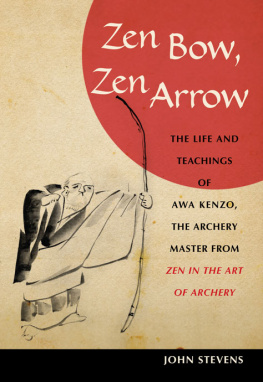
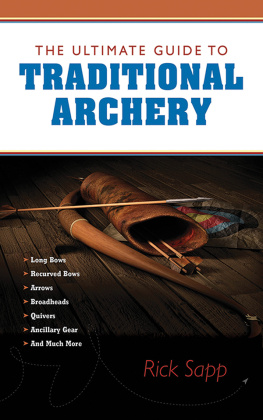
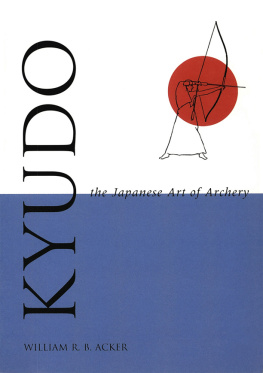
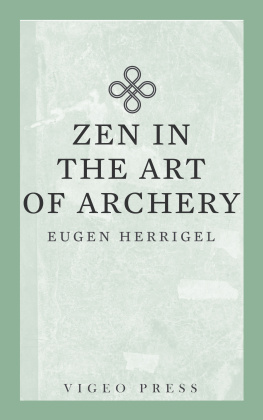
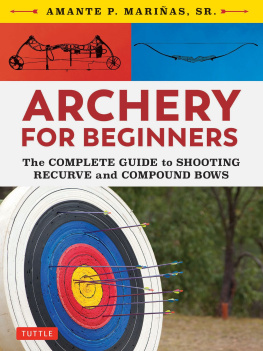
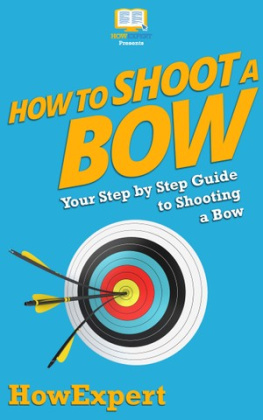
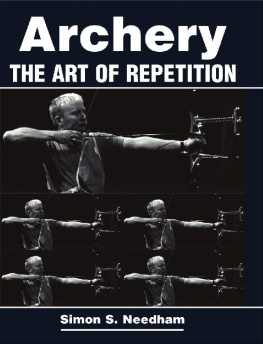
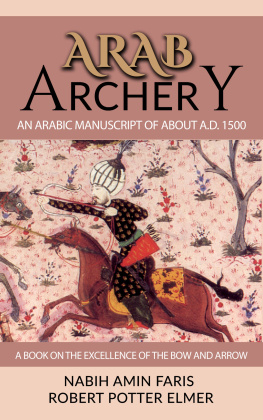
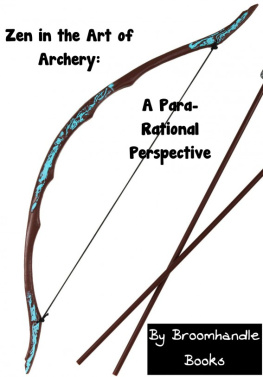
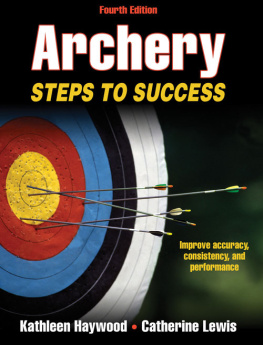
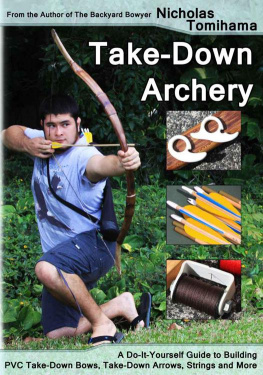



 SHAMBHALA Boston & London 2012
SHAMBHALA Boston & London 2012